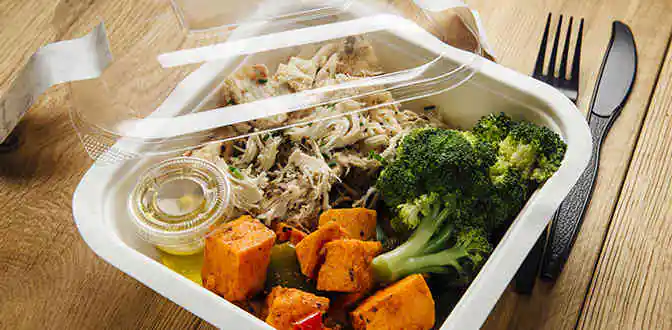Last August, International Business Times reported that sales of prosecco, which hails from the Veneto region in northern Italy, increased by 72% to overtake French Champagne as the bubbly of choice in the UK.
Experts expect this prosecco boom to continue for as much as 10 years, and some pundits even argue that sparkling wine is set to outpace its non-effervescent cousin as an everyday indulgence.
Check out Technavio’s full alcoholic beverage report library.
A new report from Technavio indicates that there is indeed a boom happening—not just in prosecco but all varieties of sparkling wine. The report indicates that the global sparkling wine market was worth $53.22 billion in 2015, and will grow to a value of $68.15 billion by 2020.
Global wine market: Segmentation by category 2015
Source: Technavio
However, this growth isn’t quite enough to unseat regular white wine.
While the UK is certainly seeing a massive jump in prosecco sales, global projections for prosecco, champagne and other sparkling wines are a bit more moderate. Sparkling wine accounted for 8.76% of the global wine market in 2015, compared to the 82.76% share held by still wine. While sparkling wines will gain a lot of ground through 2020, to capture 13.53% of the total market, regular white wine will maintain its dominance.
That being said, the growth here is still phenomenal. There are a number of reasons why sparkling wine is jumping from a sometimes indulgence to an everyday treat, including changing consumer preferences, rising disposable incomes and increasing popularity of the stuff in previously untapped markets like the APAC region.
Organic, Rosé and Halal products are breaking onto the sparkling wine scene
Vendors looking to capitalize on the popularity of bubbly are launching new products on the market with novel flavours, textures, and even certifications.
Emiliana, an organic vineyard based in Chile, has been at the forefront of eco-friendly and biodynamic practices at its vineyards and wineries. The company launched a premium new sparkling wine, Azur, in 2014. This wine is made from grapes grown in the Limari wine region, famed for its unique soil composition.
Also in 2014, Lussory took luxury to a new level with the launch of a 24-carat gold sparkling wine at Bystro in Dubai. Lussory also produces a zero-alcohol, 100%-halal-certified sparkling wine, which is aimed at the $1 trillion combined spending power of the global Muslim population.
In 2015, Rebello introduced a passionfruit sparkling wine made from real passion fruit rather than concentrates and flavouring. In the same year, Sovereign Brands, under the brand Luc Belaire, launched a limited-edition rosé sparkling wine.
As vendors get bolder with their products, we can expect to see sales of sparkling wine climb over the projected period.




